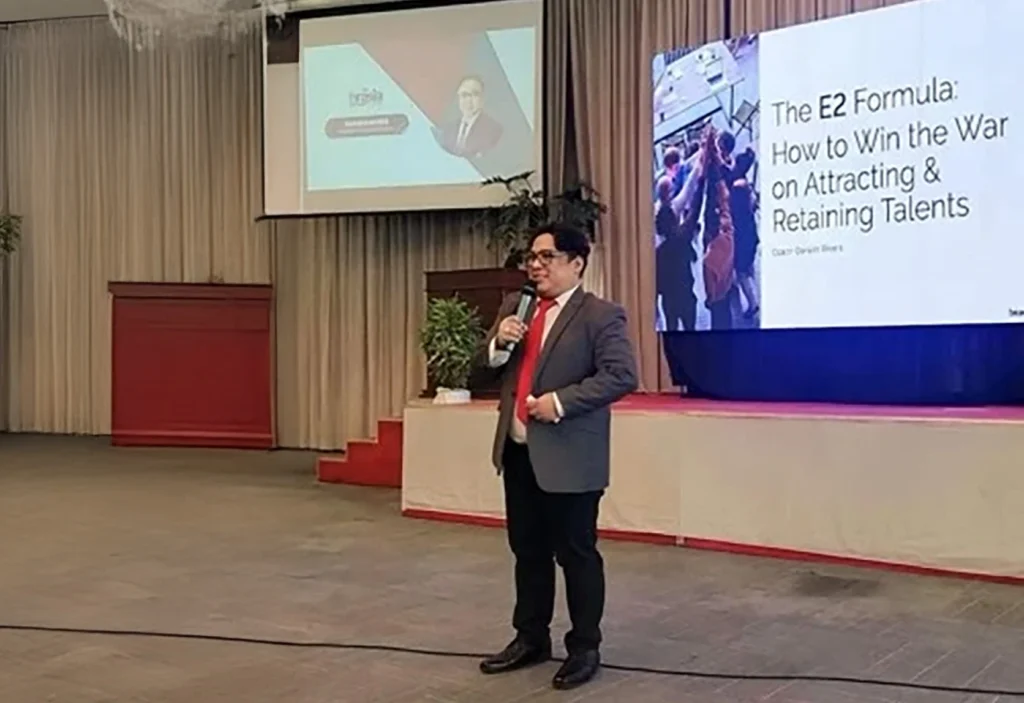In Singapore, the conversation around artificial intelligence often veers toward disruption and job displacement. Headlines warn of machines replacing human roles, while companies scramble to integrate AI into operations. Yet amidst the buzz and fear, AI scribe is quietly earning gratitude rather than controversy.
Unlike other tools that have sparked debate, AI scribes are designed not to supplant humans but to support them, specifically, the healthcare workforce. They take on one of the most time-consuming and tedious aspects of medical practice: clinical documentation. Research shows that in doing so, they offer a technology that reduces administrative burdens.
For doctors, writing clinical notes, referral letters, and reports can consume hours each week. These tasks, though essential for patient safety and regulatory compliance, are widely cited as contributors to burnout. In Singapore, where the healthcare system balances high standards with increasing patient volumes, the pressure to maintain meticulous records can be overwhelming. Administrative duties are not merely inconvenient; they directly reduce the time available for consultations, teaching, and research.
This is where AI scribes come in. Using secure, advanced natural language processing, these systems can listen to doctor-patient interactions and generate structured clinical notes in real time. The result is documentation that maintains accuracy and context while freeing doctors from the repetitive, clerical side of their work. Early adopters in Singapore report faster editing, smoother workflows, and more time with patients.
Hand surgeon Dr Aaron Gan from Centre for Hand and Reconstructive Microsurgery (CHARMS) found the technology almost instantly integrated into his practice. It reduced the time he spent drafting notes and letters, while also handling consultations in Mandarin or Bahasa Indonesia, an initial concern of his.
After a brief adjustment period, integration with electronic medical records streamlined Dr Razmi Rahmat’s administrative workflow within a week. As a spine surgeon at Avant Orthopaedics, he observed that the tool allowed him to devote more attention to listening to patients while still keeping records complete.
Singapore’s digital maturity and regulatory rigour make it an ideal environment for such technologies to thrive. Hospitals and clinics are increasingly digital-first, with electronic medical records widely adopted and multilingual patient populations. AI scribes capable of supporting multiple languages, such as Mandarin, Cantonese, Malay, and Bahasa Indonesia, reflect the practical realities of Singapore’s clinical landscape. This sensitivity to local context is crucial; it is not simply about applying AI, but applying it thoughtfully, where it complements existing processes and respects patient diversity.These benefits echo broader workplace research. Studies on AI adoption in professional settings show that when employees feel a sense of control and trust in AI tools, they report lower job stress, greater task performance, and even higher creativity. In contrast, poorly implemented automation can heighten feelings of job insecurity. The lesson is clear: technology must be designed and introduced in ways that empower, not threaten, the workforce. In healthcare, that means doctors remain firmly in charge while AI scribes quietly handle the repetitive tasks.
The broader lesson here extends beyond healthcare. AI does not always have to provoke anxiety about automation and job loss. When designed with workflows in mind, automation can enhance professional practice. Banking, law, and education have also shown that offloading routine tasks improves efficiency and satisfaction.
Of course, AI scribes are not a silver bullet. Their success depends on careful implementation, clinician engagement, and continuous refinement. Human oversight is essential, and strong safeguards must protect patient data. Still, the evidence points to meaningful gains: less stress, reduced workload, and more patient-centred care.
There is also an economic dimension worth noting. Less time spent on documentation means doctors can see more patients without compromising quality, boosting efficiency and satisfaction. In Singapore’s competitive healthcare market, such improvements carry real weight.
This may explain why AI scribes are quietly gaining admiration. They solve a persistent problem in a pragmatic, human-centred way, reminding us that not all AI innovations are equal.
The wider implication is that organisations and policymakers should pay attention to where AI can genuinely complement human work. The most impactful applications are often those that support people rather than replace them. Singapore’s healthcare ecosystem demonstrates that thoughtful adoption, tailored to local needs and professional workflows, can yield immediate benefits for both practitioners and patients.
As we navigate the growing presence of AI in business and society, it is worth remembering the example of the AI scribe. It is a reminder that technology does not have to threaten jobs to be transformative. In fact, when deployed wisely, it can enhance human capability, reduce burnout, and elevate the very essence of professional practice. In Singapore, this is a development we can genuinely be grateful for.
 About the author
About the author
Clement Tan is Singapore Country Lead at Medow Health AI, driving regional expansion and operations. With 8+ years across medtech, fintech, and traveltech, he has led ventures at ShopBack, Pelago, and Singapore Airlines. A Cambridge Law and SOAS graduate, Clement focuses on technology that tackles systemic healthcare challenges and enhances clinical workflows across Asia-Pacific.









